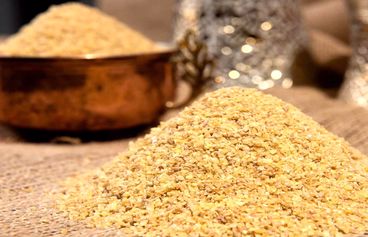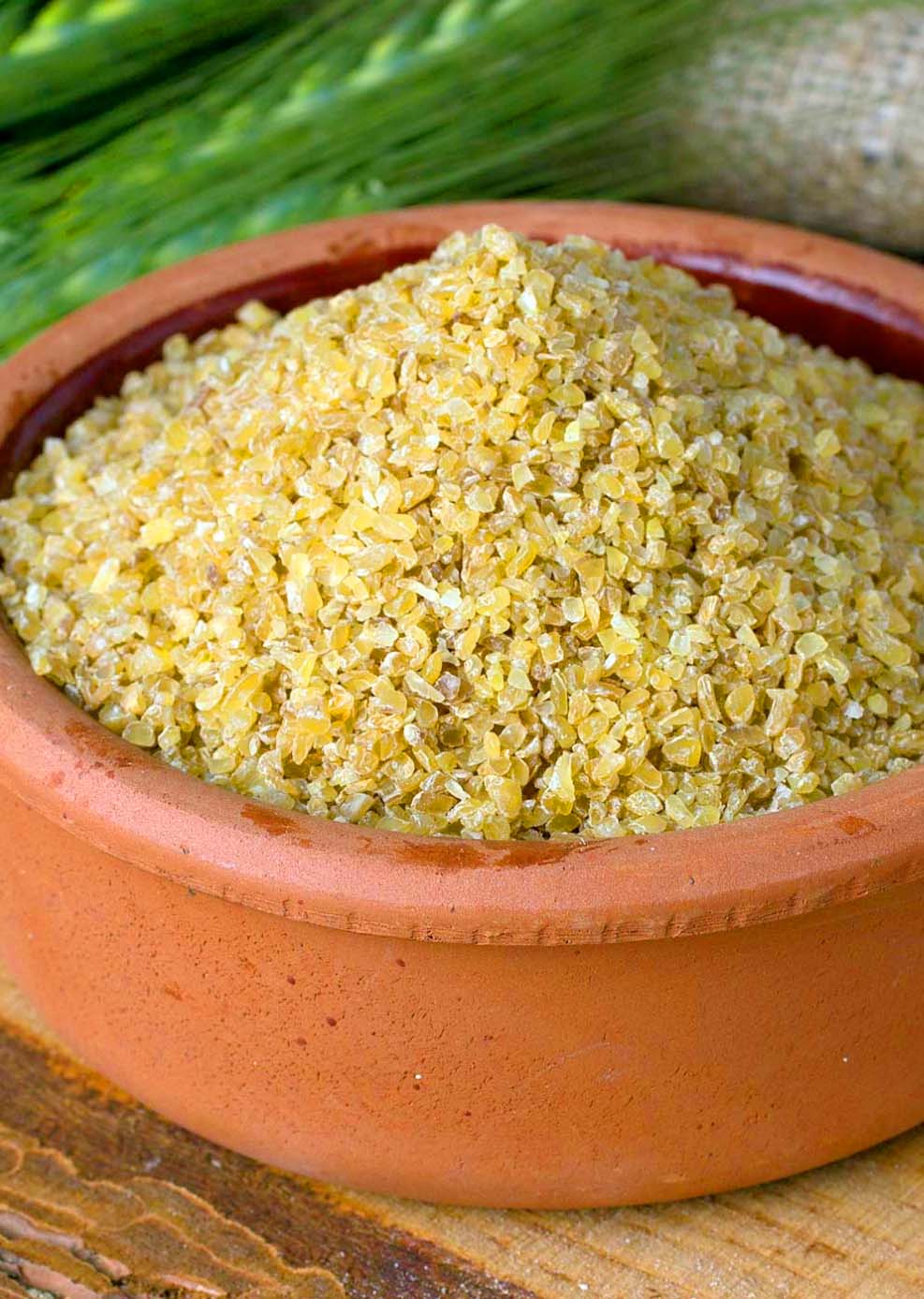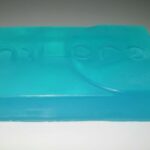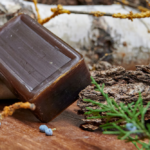Bulgur is a food product obtained by cleaning wheat. Wheat is boiled and dried for bulgur production. It is then peeled off and ground in different types of mills. It brought by separating particles of various sizes.
The grain group is an essential and economical carbohydrate source located at the base of the nutrition pyramid. Bulgur is also a valuable food in the grain group. To better understand bulgur, it is necessary to know wheat, which is its primary raw material, very well.
Wheat
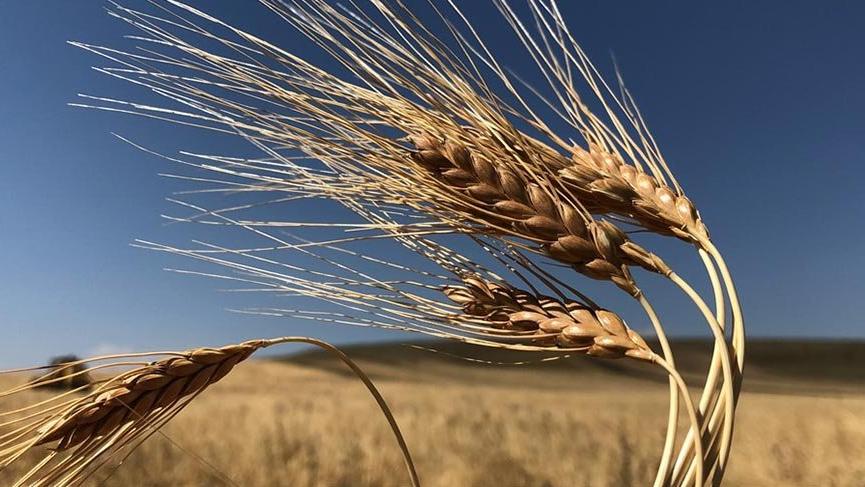
Properties of Bulgur
Bulgur is a traditional Anatolian food made from wheat and belongs to the grain group. It located at the base of the food pyramid. Bulgur is an essential and economical source of carbohydrates.
- Bulgur is a vibrant food in terms of pulp/fiber, which is known to reduce fat in the blood.
- It is high in carbohydrates and low in protein.
- B1 vitamins in bulgur play a vital role in the nervous and digestive systems.
- Due to the folic acid, it contains, it is an essential food item for children and pregnant women.
- It has unsaturated fat and is a healthy nutrient as it is low in total fat.
- It does not contain cholesterol.
- Phytic acid, which is the most significant disadvantage of cereal products, is not found in bulgur due to bulgur’s cooking and drying processes.
- Due to its high mineral and cellulose accelerates nutrient absorption, prevents constipation, and prevents intestinal cancer.
- When mixed with legumes, it becomes the most critical food source in the world.
- It does not absorb radiation and is resistant to radiation. For this reason, it is one of the products kept in stock for military and civilian purposes against nuclear wars in some countries.
- Since the nutrients in the germ part of the grain penetrate the grain during the cooking process, the nutritional value is higher than other products (bread, pasta).
- Due to the cooking and drying processes are resistant to mold growth and have a longer shelf life than other products.
Benefits of Bulgur
The fact that it contains a very high amount of fiber has brought bulgur to an important position from intestinal work. The fact that the fibers also have a satiating feature gives bulgur an essential role in weight control.
Vitamin B1 in its structure; plays an important role in strengthening our nervous and digestive system. In addition, this vitamin should consumed regularly to prevent beriberi. Apart from all these, thanks to the folic acid it contains in its structure, it is indispensable to improve the intelligence level of the babies of pregnant mothers.
Due to the low glycemic index of bulgur, bulgur keeps you full for a long time. It is a product that can be used in diets because it mixes slowly into the blood. In addition, it is a product that offers a lot of variety because it is an ingredient used in salads, hot and cold dishes. Bulgur is more nutritious than rice and couscous.
Varieties
Başbaşı: It is a type of bulgur obtained by peeling the skin of the wheat without breaking it.
Brown Rice: Its brown color is due to wheat; It is not a diet product. ,
Brown for Meatballs: It is a type of bulgur that generally used for making raw meatballs. It is easy to knead because it is soft. It can used in salads and soups as well as natural meatballs.
Whole Wheat for Rice: Bulgur for whole-wheat rice can be used primarily in diets and weight control, as it contains more bran with more minor peeling. Whole wheat bulgur with rice; can be used in pilafs, stuffed vegetables, salads, and soups.
Whole Wheat for Meatballs: It can used in salads, desserts, and soups where bulgur for meatballs and bulgur for yellow meatballs. Since it contains more dietary fiber in its structure, it especially recommended for weight control and diets.
Haresh is a medium-sized type obtained by breaking the wheat without boiling (raw wheat). It has an important place in the production of dishes specific to the Arab culture. It is very preferred in Central Asian countries. The untreated natural taste of wheat adds flavor to your tables.
